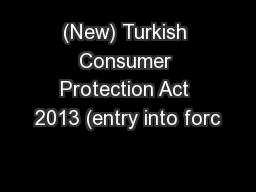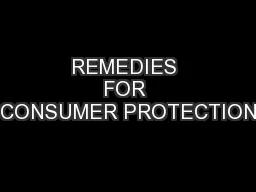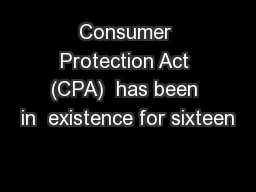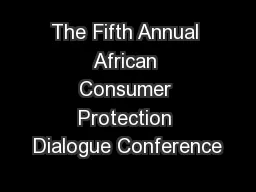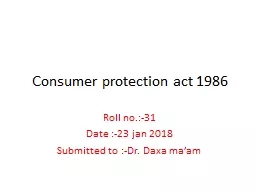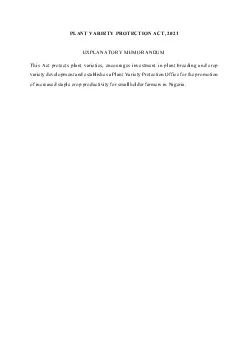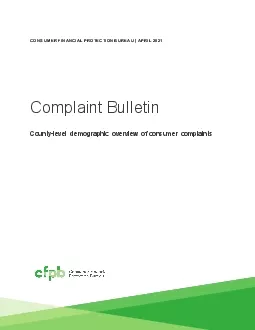PPT-CONSUMER PROTECTION ACT
Author : aaron | Published Date : 2017-06-04
Dr Don Gregory Junior Resident Dept of Chest amp TB I ntroduction The Consumer Protection Act 1986 is a benevolent social legislation that lays down the rights
Presentation Embed Code
Download Presentation
Download Presentation The PPT/PDF document "CONSUMER PROTECTION ACT" is the property of its rightful owner. Permission is granted to download and print the materials on this website for personal, non-commercial use only, and to display it on your personal computer provided you do not modify the materials and that you retain all copyright notices contained in the materials. By downloading content from our website, you accept the terms of this agreement.
CONSUMER PROTECTION ACT: Transcript
Download Rules Of Document
"CONSUMER PROTECTION ACT"The content belongs to its owner. You may download and print it for personal use, without modification, and keep all copyright notices. By downloading, you agree to these terms.
Related Documents


